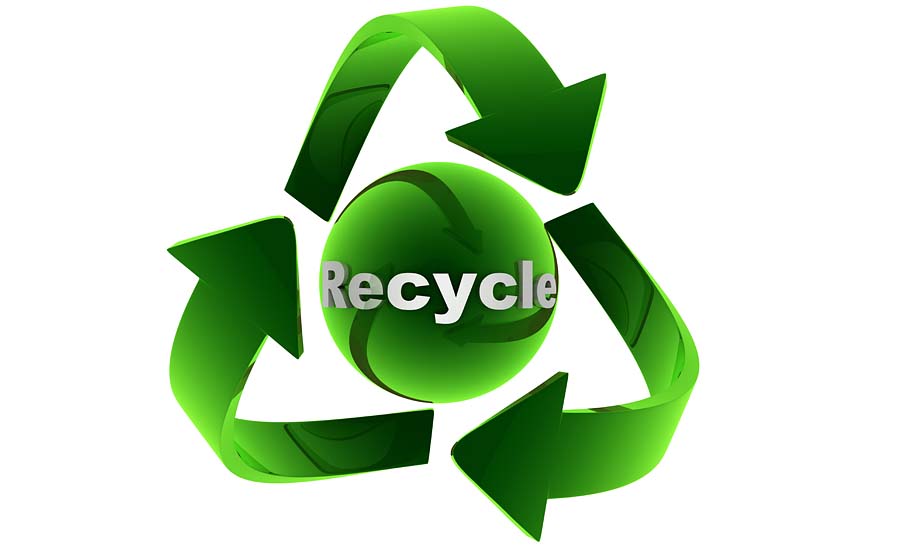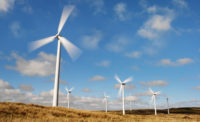Nestlé commits to zero net emissions by 2050
Nestlé’s 2050 ambition adds to its ongoing work to reduce greenhouse gas emissions across its value chain.

Nestlé USA, Arlington, Va., announced plans to achieve zero net greenhouse gas emissions by 2050 by embracing the Paris Agreement to limit global temperature rise to 1.5°C.
Over the past four years, Nestlé has aligned its objectives with science-based targets to keep the temperature increase below 2°C. Over the next two years, it will lay out a time-bound plan, including interim targets consistent with the 1.5°C path.
"Climate change is one of the biggest threats we face as a society. It is also one of the greatest risks to the future of our business," says Mark Schneider, chief executive officer. "We are running out of time to avoid the worst effects of global warming. That is why we are setting a bolder ambition to reach a net-zero future. Deploying Nestlé’s global resources and industry know-how, we know we can make a difference at significant scale. Our journey to net zero has already started. Now, we are accelerating our efforts.”
To achieve its 2050 ambition, some of the company’s specific actions include:
- Speeding up the transformation of its products in line with consumer trends and choices. Nestlé will launch more products that have a better environmental footprint and contribute to a balanced diet. This includes more plant-based food and beverage options. Nestlé will also look to reformulate its products using more climate-friendly ingredients. The company is also moving to alternative packaging materials.
- Scaling up initiatives in agriculture to absorb more carbon. Nestlé will strengthen its programs with farmers to restore land and limit greenhouse gas emissions. This includes improved management of its dairy supply chain. Nestlé will step up efforts to protect forests by replanting trees and enhancing biodiversity. All of these initiatives will help build resilient agricultural communities.
- Using 100% renewable electricity in Nestlé factories, warehouses, logistics and offices. A third of Nestlé factories (143) are already using 100% renewable electricity. Nestlé will continue to increase the use of energy from renewable sources. This will enable suppliers to invest in new infrastructure such as wind and solar farms.
"To align our goals to the 1.5°C pathway, we are transforming our operations. This will lead to a major shift in the way our ingredients are produced and sourced. We will need our suppliers to embark on this journey with us. The task is huge but we are determined to make it happen," says Magdi Batato, executive vice president, head of operations.
Nestlé’s 2050 ambition adds to its ongoing work to reduce greenhouse gas emissions across its value chain. The company is making its distribution networks and warehouses more efficient by optimizing routes to reduce fuel consumption and lower carbon emissions. In the company’s Top 100 distribution centers, greenhouse gas emissions have decreased by close to 40% over the past four years.
Nestlé has also intensified its activities to ensure the responsible sourcing of raw materials, and has made significant progress toward its zero deforestation goal. Since 2014, the reduction of greenhouse gas emissions across its entire value chain is equivalent to taking 1.2 million cars off the road.
Looking for a reprint of this article?
From high-res PDFs to custom plaques, order your copy today!





